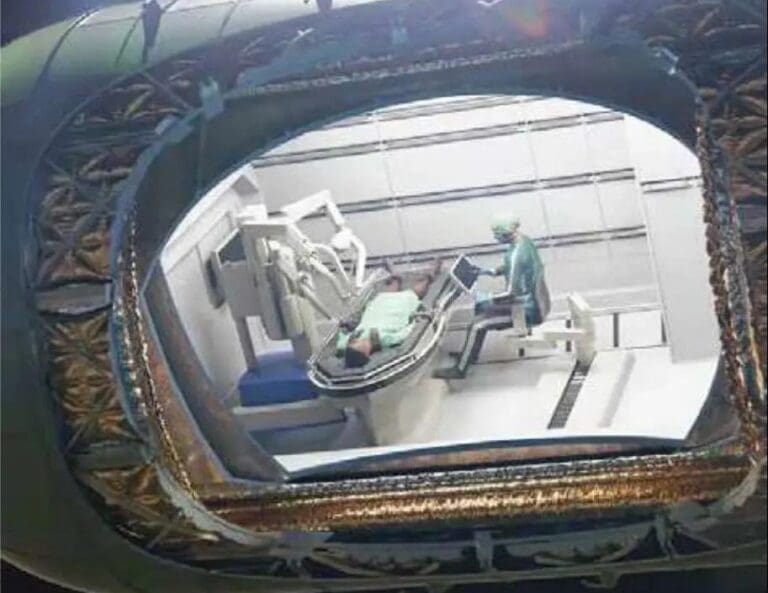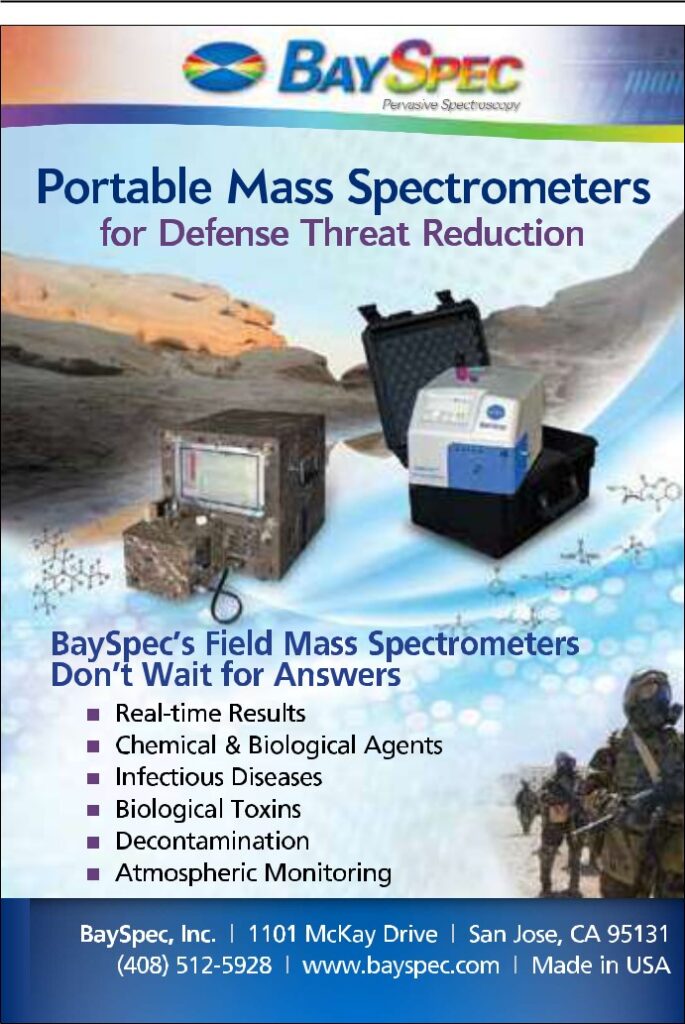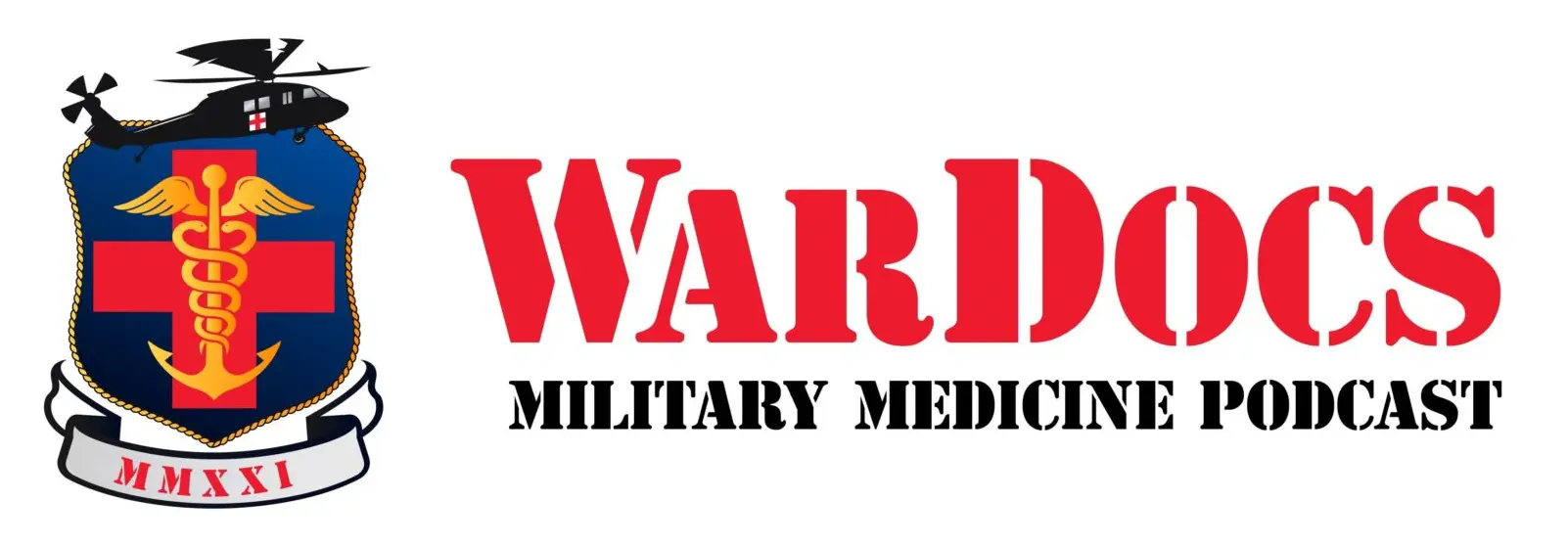
TELEROBOTIC SURGERY: ADVANCING AVAILABILITY THROUGH AUTONOMY
In the year 2046, a NATO special operations team engages in a firefight with ground forces of a near peer adversary. A missile from an autonomous drone creates mass casualties in need of immediate care. These casualties are littered and evacuated to the nearby valley where the forward surgical team awaits. Inside the tent, a forward surgical team consisting of two general surgeons, an orthopedic surgeon, and an anesthesiologist, is preparing to receive the casualties. Due to the number of casualties expected, the team can power-up the semi-autonomous T2 surgical robotic assistants to double the current surgical capabilities. A signal pings the nearest role 3 combat support hospital and the global tactical robotic on-call surgeon based in CONUS requesting the remote surgeons to enter the surgical support pod for surgical assistance. The FST surgeon can don his augmented reality (AR) headset to communicate with the on-call robotic surgeon and share his camera view and critical patient information such as the vitals and body registration. A secondary remote surgeon links into the headset for telementoring providing audio guidance and AR telestration guidance on the registered body. The three surgeons, one local, two remote, begin the operation. A laparotomy is performed to inspect the casualty. During the procedure as blood flow was detected in the abdomen. Instantly on detection, the surgical robot switched into autonomous mode for suctioning and identification of the source of bleeding. With the blood cleared, the local surgeon can clamp the bleeding vessel. Guidance from on the battlefield or astronauts on the Moon or Mars. This led to the NEEMO Missions (NASA Extreme Environment Mission Operations), experimentation and training exercises which took place in an Aquarius Habitat in an underwater laboratory located off the coast of Key Largo, FL. The lab functioned as an extreme environment / space analog. The first in 2004 focused on Telementoring. The second, in 2006, focused on telesurgery. Using the S7, a surgical robot built by SRI International, they were able to perform an open system surgery. During the procedure they instituted a 2 second delay in the signal to simulate earth to moon communication. They found surgery was not feasible under those conditions and that the human brain can only really handle up to 300ms of delay to perform a safe and precise surgery. This led to the third NEEMO mission in 2007 to demonstrate automation which they accomplished in the remote setting. The NEEMO missions lead to the understanding that robotic control and advanced computing needs to be paired to accomplish difficult surgical tasks. This is especially apparent for NASA’s requirements of Mars missions when there could be 7-to-40-minute time delays. Autonomy will be the only solution.
One beneficial technology advancement is the giant leap recently in Artificial Intelligence (A.I.). The natural marriage of robotics with A.I. would allow robotic systems to provide much better care. With advanced computing power they could develop care plans based on millions of patient data. Current research is with the Image-Guided Autonomous Robot (IGAR) used for breast cancer detection operating inside MRI machines. The IGAR has recently been paired with IBM’s AI Watson platform which allows the robot to image, diagnose a lesion, plan and carry out a breast biopsy without any physician intervention. Three major advancements happening at the same time are the maturity of the surgical robotic platforms from commercial investment, advancement in communication technologies such as 5G which can change the way humans’ interface with robotic platforms, and the emergence of Artificial Intelligence and autonomy in robotics. These three pieces occurring at the same time is opening the door for military investment in the technology, to project surgical expertise on the battlefield and in extreme environments.
TELEMENTORING CONTINUES TO PAVE THE WAY
Surgical telementoring will establish the foundation upon which telerobotic surgery can be integrated to project surgical expertise remotely with the goal of improving delivery of surgical / invasive medical treatment in the austere environment. Surgical telementoring would start in CONUS hospitals. It would then extend from CONUS hospitals to combat support hospitals and potential all the way to mobile medical facilities in the battlefield. Built on top of the telementoring backbone would be a similar telesurgical pipeline. Telesurgery would first to be adopted in fixed facilities and then to combat hospitals and to eventually Role 2 / Role 1 environments. A far future concept would be a surgical force multiplier where one surgeon is able to mentor, assist, and even lead surgical care across multiple casualties and cases from one central location. Robotic surgical assistance can act as a bridge between telementoring and telerobotic surgery. Remote surgeons would assist through a robot procedure, provide extra expertise but not introducing the risk of needing to be the lead surgeon in questionable communication environments. There will be an emphasis on establishing the capability and value of these technologies, specifically telementoring, requiring the establishment of clinical evidence, protocols, and methods. Telementoring will need to be extended out into the DHA clinical community through clinical the telementoring surgeon led the local surgeon through a complex procedure while the surgical robot assisted. Immediate hemostasis and stabilization is achieved allowing the patient to be triaged to the next level of care at the nearest combat support hospital.
The scenario described above is somewhere between science fiction and future technology reality. It remains to be seen how far technology can advance to become a force multiplier for life saving combat surgeons. The scenario highlights the possible capabilities in the not-too-distant future for robotics and communication technologies to project expertise from safety to a combat zone to augment the abilities of a surgeon or medic. Of course, this concept is not new. Indeed, a similar future vision was the impetus of several government-sponsored research programs in past decades, which led to the development of dominant robotic surgery platforms currently employed in the commercial sector. It is time to re-examine the potential to realize this future vision through the lens of current technology advancements and the Department of Defense (DoD) future operating concepts.
TELESURGERY’S HISTORICAL BREAK THROUGH
In September 2001, the Lindbergh Operation marked the first successful telesurgical procedure across the Atlantic Ocean, 5000 miles from New York to Strasbourg France, performing a Laparoscopic Cholecystectomy. Two years later, on February 28th, 2003, the first telesurgical procedure from Hamilton Ontario to North Bay, a 540-mile round trip operation, was performed. Over a period of 9 months, 21 complex telesurgeries all of which provided a quality-of-care equivalent to local expert robotic surgery. The biggest criticism at that time was that there would be a notion from patients not accepting a procedure where the surgeon was not in the room let alone the city. The reality was after the first few surgeries there was no real hesitancy from patients about the remote procedure because they knew it was a chance to receive expert care. The first setback to the research was that news on the telesurgeries at the time was more focused on the technology and not enough on the patient care and how these operations were providing the patient a better care experience. The second setback to remote telesurgery was when Intuitive Surgical bought up the entirety of the robotic surgical space and steered the technology away from remote surgery into local robotic surgery.
HOW TO ADVANCE AUTONOMY WHERE NEEDED
Since then, new partnerships with TATRC, DARPA, and NASA emerged all focusing on “how can we deliver surgical care in extreme environments and in the absence of a surgeon?†These research centers wanted to know how telesurgery would benefit casualties trials, and finally extended further into operational platforms where telementoring is used in field hospitals and deployed ships.
It will start with assistive perception, leading to assistive robotics and finally to fully autonomous robotic systems. The envisioned assistive perception tools consist of patient data display, procedural guidance, and 3D registration of anatomy through Augmented Reality (AR) Heads-Up Displays (HUD). Digitalizing and interpreting medical data this way will also aide in developing assistive robotics, which require an understanding of this medical information. Assistive robots will be developed first for repetitive tasks such as suction & irrigation, tissue retraction, and suturing. These assistive tasks will provide a free set of intelligent hands to surgeons who find themselves in resourced strained environments. The road to full autonomy may come to robotic systems capable of airway management for casualties, image guided vascular access, autonomous diagnostic imaging at remote sites, and possibly even damage control robotic surgery. While many of these technologies seem far off in the future, work is already underway for many of these assistive perception and assistive robotic tasks.
LOOKING AHEAD AND LEARNING MORE
Research will continue to help develop autonomous robotic capabilities through advancements in telecommunications such as 5G and artificial intelligence (AI). To request more information on the Telerobotic Surgery Symposium, contact CAPT (Ret) Gordon Wisbach at [email protected].


